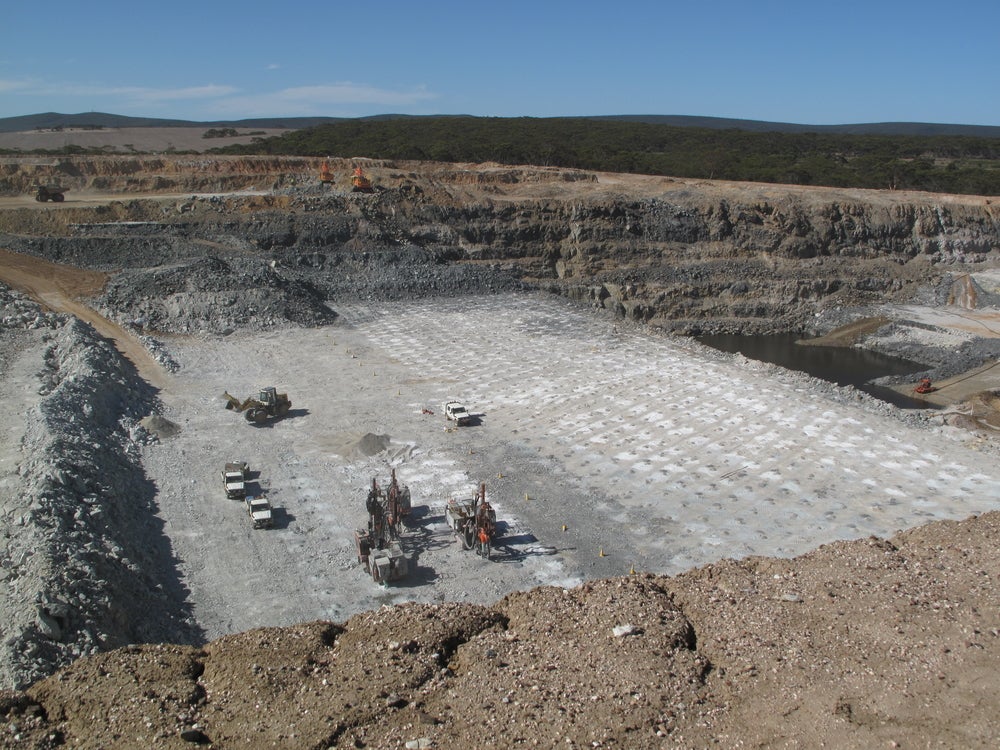
The Indian Government plans to fix lithium royalty rates at 3% of the price prevailing at the London Metal Exchange (LME). The fixing of the royalty rate would be a key step towards the auctioning of lithium blocks, according to government sources.
In February, the government announced the discovery of 5.9 million tonnes of lithium in the Indian states of Jammu and Kashmir.
Royalties will be paid to the local administrations where the deposits are located, Reuters reported. The federal government determines royalty rates, but the revenue is received locally.
India seeks to become a global competitor in the manufacture of electric vehicles, as recent discoveries will reduce the country’s dependence on imports.
The government is expected to auction the blocks later this year for production by mining companies. At least 12 companies are expected to take part in the auction, including Adani Enterprises, Himadri Chemicals, Jindal Steel and Power, Korea’s LX International, Reliance Industries and Vedanta, the sources have revealed.
India has previously used the LME rate to determine royalty rates for bauxite mining.
“We studied the royalty rates in other lithium mining countries,” one of the sources told Reuters. “The royalty rates in Australia is also 3% of LME and (it) is 4.5% of LME in Argentina, Bolivia and Chile – called the lithium triangle.”
Around 75% of the world’s lithium supply lies between the salt flats of the lithium triangle. India’s lithium discovery, the seventh largest in the world, could topple the dominance of the lithium triangle in global supply chains.
The need for transition minerals, including lithium, for renewable technologies and electrification has driven demand. The International Energy Agency predicts lithium demand will grow by 90%, in line with a 2050 net-zero scenario.



